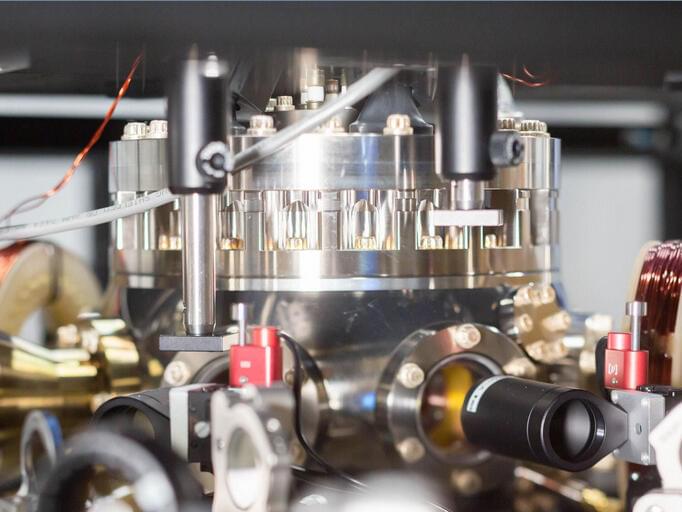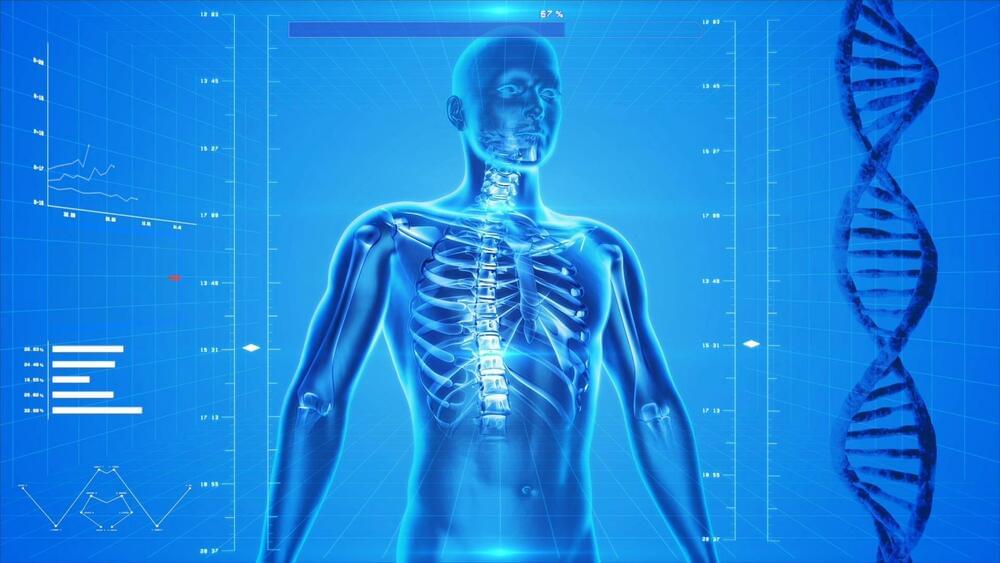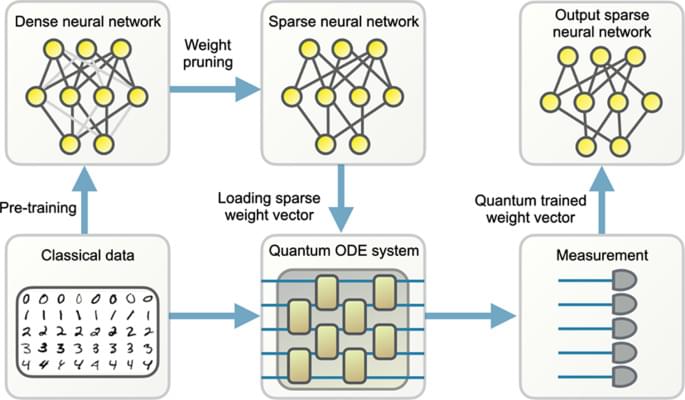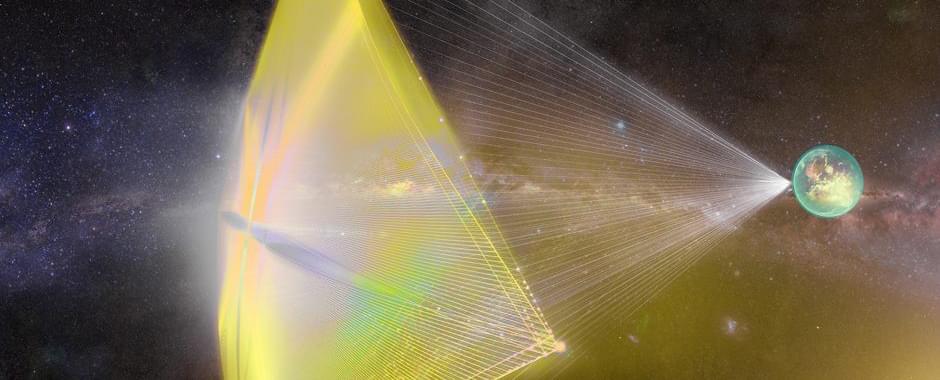Quantinuum, the world’s largest integrated quantum computing company, and RIKEN, Japan’s largest comprehensive research institution and home to high-performance computing (HPC) center, have announced an agreement…


The device uses a silicone-based muscle replacement to pump blood, and you can see it in action.

NASA’s Parker Solar Probe has already gotten closer to the sun than any other human-made object. Yet, later this year, the star-skimming spacecraft will get even closer — all while traveling faster than its previous top speed.
The solar observatory — which, on Dec. 28, 2023, completed its 18th close flyby of the sun — will once again approach our star on Dec. 24, 2024. During this encounter, it will come within around 3.8 million miles (6.1 million kilometers) of the photosphere, which can be roughly considered the sun’s surface. (The sun is a ball of gas, so it doesn’t really have a surface.) To do so, the spacecraft will brave temperatures of around 2,550 degrees Fahrenheit (1,400 degrees Celsius).
“We are basically almost landing on a star,” Nour Raouafi, an astrophysicist at the Johns Hopkins University Applied Physics Laboratory and project scientist for the Parker Solar Probe mission, told BBC News. “This will be a monumental achievement for all humanity. This is equivalent to the Moon landing of 1969.”

ARTIFICIAL intelligence is being used by crooks to part you from your cash – but there are ways to stay safe.
Security experts are warning internet users to be on high alert as criminals use AI to target their victims.
AI has plenty of great uses, from giving you cooking advice to generating funny “stickers” inside WhatsApp.

An unexpected genetic discovery in wheat has led to opportunities for the metabolic engineering of versatile compounds with the potential to improve its nutritional qualities and resilience to disease.
Researchers in the Osbourn group at the John Innes Centre have been investigating biosynthetic gene clusters in wheat – groups of genes that are co-localized on the genome and work together to produce specific molecules.

Background: The Promise of Prime Editing
Prime editing is a promising technology for changing genomic deoxyribonucleic acid (DNA) that has the potential to be used to cure genetic diseases in individuals. Prime editors are proteins that can replace a specific deoxyribonucleic acid sequence with another. PE systems necessitate three distinct nucleic acid hybridizations and are not dependent on double-strand deoxyribonucleic acid breaks or donor deoxyribonucleic acid templates.
Researchers must devise efficient and safe techniques to deliver prime editors in tissues in the in vivo settings to fulfill PE’s objective. While viral delivery techniques such as adenoviruses and adeno-associated viruses (AAVs) can transport PE in vivo, non-viral delivery techniques like lipid nanoparticles can sidestep these concerns by packaging PEs as temporarily expressing messenger ribonucleic acids.

It is still unclear whether and how quantum computing might prove useful in solving known large-scale classical machine learning problems. Here, the authors show that variants of known quantum algorithms for solving differential equations can provide an advantage in solving some instances of stochastic gradient descent dynamics.

Humans have dreamed about traveling to other star systems and setting foot on alien worlds for generations. To put it mildly, interstellar exploration is a very daunting task.
As Universe Today explored in a previous post, it would take between 19,000 and 81,000 years for a spacecraft to reach Proxima Centauri using conventional propulsion (or those that are feasible using current technology). On top of that, there are numerous risks when traveling through the interstellar medium (ISM), not all of which are well-understood.
Under the circumstances, gram-scale spacecraft that rely on directed-energy propulsion (AKA lasers) appear to be the only viable option for reaching neighboring stars in this century.


Valve has changed its policy and will now allow games made by AI, or that use AI generated content, to be sold on Steam.
Back in June, we shared that while our goal continues to be shipping as many games as possible on Steam, we needed some time to learn about the fast-moving and legally murky space of AI technology, especially given Steam’s worldwide reach. Today, after spending the last few months learning more about this space and talking with game developers, we are making changes to how we handle games that use AI technology. This will enable us to release the vast majority of games that use it.